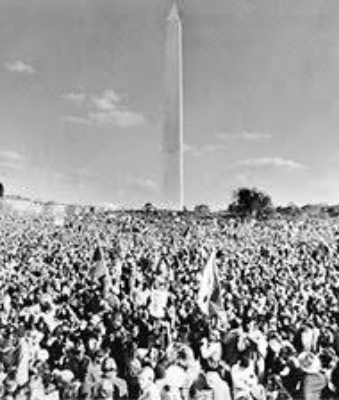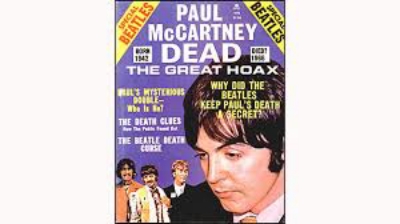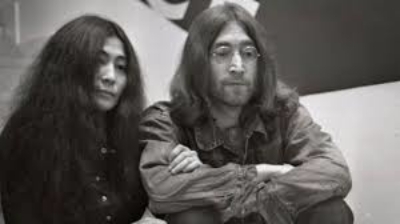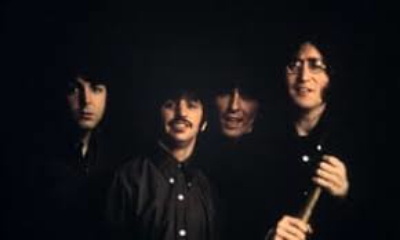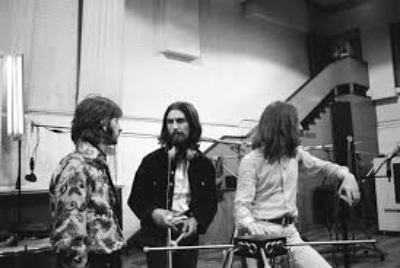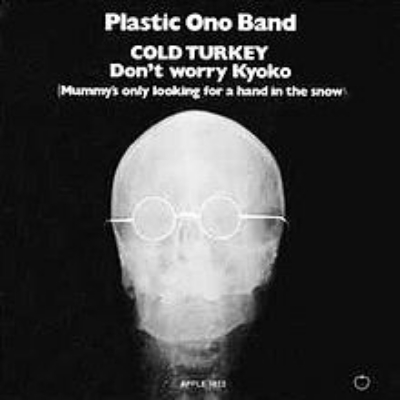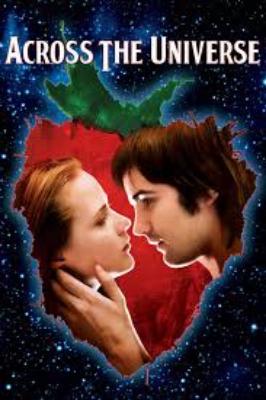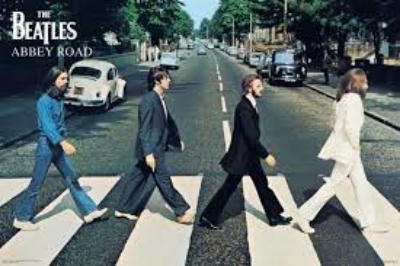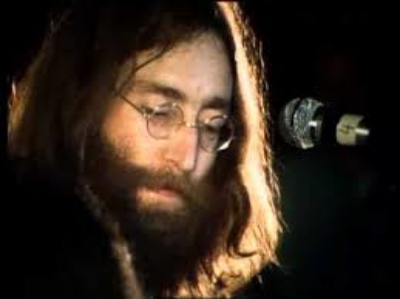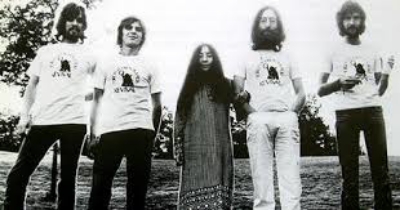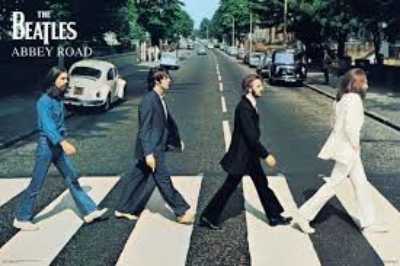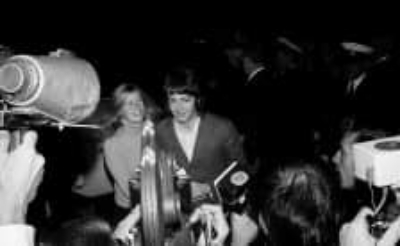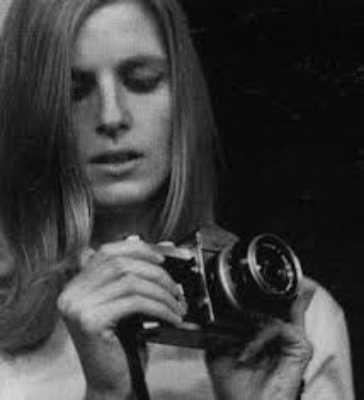Abbey Road is the 11th studio album released by the English rock band The Beatles. It is their last recorded album, although Let It Be was the last album released before the band’s dissolution in 1970. Work on Abbey Road began in April 1969, and the album was released on 26 September 1969 in the United Kingdom, and 1 October 1969 in the United States.
Abbey Road is widely regarded as one of The Beatles’ most tightly constructed albums, although the band was barely operating as a functioning unit at the time. Despite the tensions within the band, Abbey Road was released to near universal acclaim and is considered to be one of the greatest albums of all time. In 2012, Abbey Road was voted 14th on Rolling Stone magazine’s list of the “500 Greatest Albums of All Time”. In 2009, readers of the magazine also named Abbey Road the greatest Beatles album.
After the near-disastrous sessions for the proposed Get Back album (later released as Let It Be), Paul McCartney suggested to music producer George Martin that the group get together and make an album “the way we used to”, free of the conflict that began after the death of Brian Epstein and carrying over to the sessions for the “White Album”. Martin agreed, stipulating that he must be allowed to do the album his way. This would be the last time the band would record with Martin.
In their interviews for The Beatles Anthology, the surviving band members stated that, although none of them ever made the distinction of calling it the “last album”, they all felt when this would very likely be the last Beatles product and therefore agreed to set aside their differences and “go out on a high note”.
With the Let It Be album partly finished, the sessions for Abbey Road began in April, as the single “The Ballad of John and Yoko” / “Old Brown Shoe” was completed. In fact, recording sessions of John Lennon’s “I Want You (She’s So Heavy)” had already started in February 1969 in Trident studios, with Billy Preston on the organ—only three weeks after the Get Back sessions. Photos from these sessions are included in the book Get Back, which came along with the Let It Be album but not in the Let It Be film. McCartney is clean-shaven and Lennon has started to let his beard grow.
Most of the album was recorded between 2 July and 1 August 1969. After the album was finished and released, the Get Back / Let It Be project was re-examined. More work was done on the album, including the recording of more music (see Let It Be). Thus, though the bulk of Let It Be was recorded before Abbey Road, the latter was released first, and Abbey Road was the last album properly started by The Beatles before they disbanded. Lennon was on hiatus from the group and working with the Plastic Ono Band during the September 1969 lead-up to Abbey Road’s release, which was effectively the first official sign of The Beatles’ impending dissolution.
The two album sides are quite different in character. Side one is a collection of unconnected tracks, while most of side two consists of a long suite of compositions, many of them being relatively short and segued together.



